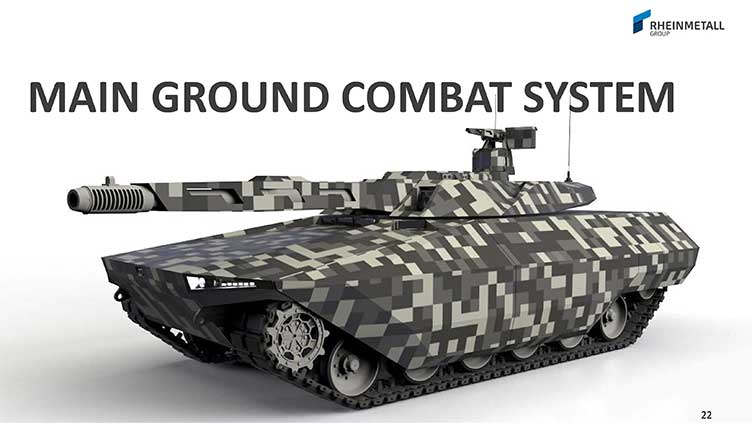Pressing Forward on Europe’s Next-Generation Tank
Last Thursday, 22 September, at Evreux Airbase France, a fundamental step was taken towards the development of the Main Ground Combat System (MGCS). This was through the signing of a document between army inspectors from France and Germany which outlined the agreed upon requirements for the next-generation main battle tank. The effort was described as “a milestone which enables more work to come” by German Defence Minister Boris Pistorius. At this rate, it is expected that by December it will be determined who is responsible for each sub-area of the project.
Originally the MGCS Project was conceived in 2017, by Germany and France, the intention being for the creation of a new main battle tank to replace the Leopard 2 and Leclerc. Although this was the main intention it was furthermore expected to be a series of systems, conceived around this vehicle. The vehicle is intended to be manufactured by KNDS (a joint venture between German firm Krauss-Maffei Wegmann and French firm Nexter Systems) and German company Rheinmetall. Both German and French defense ministers emphasized at Evreux that the vehicle should not simply be the next iteration of the Leopard 2 or Leclerc, but rather a “completely new system”. One that presents exportability and likely will become the standard for European states. In this regard, the project has garnered support and interest from other European nations, such as Italy and the Netherlands who have been hinted at as being possible partners, with Germany and France showing interest in opening up the project.

Yet major concerns exist for the project and its survivability. First and foremost, the prior conflicting interests over the tank’s main gun, Germany’s Rheinmetall favoring the 130mm, while Nexter preferences their 140mm gun. Furthermore, although the system is intended to be new Germany holds a preference towards a rather modernized Leopard 2, likely due to the high demand for their tank in Ukraine. With messy efforts in other Franco-German armaments initiative, such as the Tiger combat helicopter project and joint maritime patrol aircraft, concerns exist over the chances of MGCS succeeding. Both the German Bundestag and French National Assembly already show clear opposition to the costly project, and if it fails it’ll likely be the nail in the coffin for German-Franco military development cooperation.

